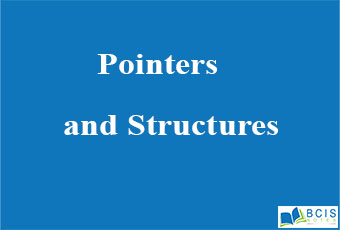
Pointers and Structures
If you are working on a program to store video game purchases, you have several options. You could create dozens of variables needed to describe a game (title, rating, price, levels, difficulty, etc.). Another option is to create a struct to hold each video game in its container.
A struct is used to store variables of several different types together in a single object. Because we are in the world of C, we can’t use objects and classes, but the struct is pretty darn close and is a great tool to have in the toolbox.
In this lesson, we’ll be creating a simple struct to hold our video game purchases. Our structure will contain:
- The game console the video game runs on
- The game’s ESRB rating
- How much it retails the following is a fully functioning C program and was compiled using Dev C++. The struct gets defined before the main function. Next, in the main function, we create a new instance of the game and call it fallout. We then update the member variables in the struct.
#include <stdio.h>
//create the struct
struct game {
char console[50];
char rating[2];
float price;
};
int main() {
struct game fallout;
strcpy(fallout.console, “XBOX”);
strcpy(fallout.rating, “M”);
return 0;
}
Since it is a character array we also use the strcpy function. Before we move on to structs and pointers, let’s quickly take another look at pointers in C.
Pointers
A pointer in C is something that points to something else. In most cases, this means that it points to an address in memory. Figure 1 shows the basics of a pointer.

The following code shows the creation of a pointer. You create a pointer with an asterisk (e.g., *rating). You dereference a pointer to get to the address of the pointee (the thing you are pointing to). The ampersand (&) is used to do this. In the code, we create a pointer and an integer, then point to that integer’s address.
#include <stdio.h>
int main() {
//create the pointer
int *ptr;
int x = 5;
//dereference
;ptr = &x;
//5 will print
printf(“%d”, *ptr);
printf(“\n”);
//address will print
printf(“%x”, &ptr);
return 0;
}
Now that we have a struct (video game), and have reviewed the creation of pointers, let’s look at how pointers and structs can work together.
These are the conceptual notes on Pointers and Structures
You may also like: Unions and their Differences

Leave a Reply